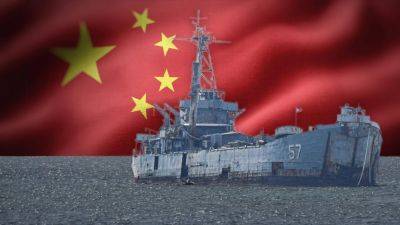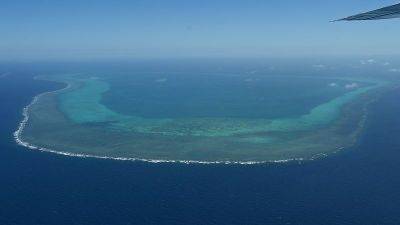South China Sea: US Navy’s newest air-to-air missile could erase China’s aerial advantage
The US Navy’s deployment of new extremely long-range air-to-air missiles in the Indo-Pacific could erase China’s advantage in aerial reach, experts say, part of an intensifying focus on projecting power amid high tensions in the region.
The AIM-174B, developed from the readily available Raytheon SM-6 air defence missile, is the longest-range such missile the United States has ever fielded and was officially acknowledged in July.
It has three key advantages: it can fly several times farther than the next-best US option, the AIM-120 AMRAAM; it does not require new production lines; and it is compatible with the aircraft of at least one ally, Australia.
Crucially, a weapon such as the AIM-174B, which can attack aerial targets as far away as 400km (250 miles), outranges China’s PL-15 missile, allowing US jets to keep threats farther from aircraft carriers, and safely strike “high-value” Chinese targets, such as command-and-control planes.
“The United States can ensure the safety of their important assets, such as carrier groups, and launch long-range strikes on PLA targets,” said Chieh Chung, a researcher at a Taipei-based think tank, the Association of Strategic Foresight, using an abbreviation for the People’s Liberation Army.
The West has not easily been able to do that until now.
The AIM-120, the standard long-range missile for US aircraft, has a maximum range of about 150km (93 miles), which requires the launching aircraft to fly deeper into contested territory, exposing aircraft carriers to greater danger of anti-ship attacks.
Any type of South China Sea conflict, within the so-called First Island Chain, which runs roughly from Indonesia northeast to the Japanese mainland, means the US Navy would operate within a few hundred







